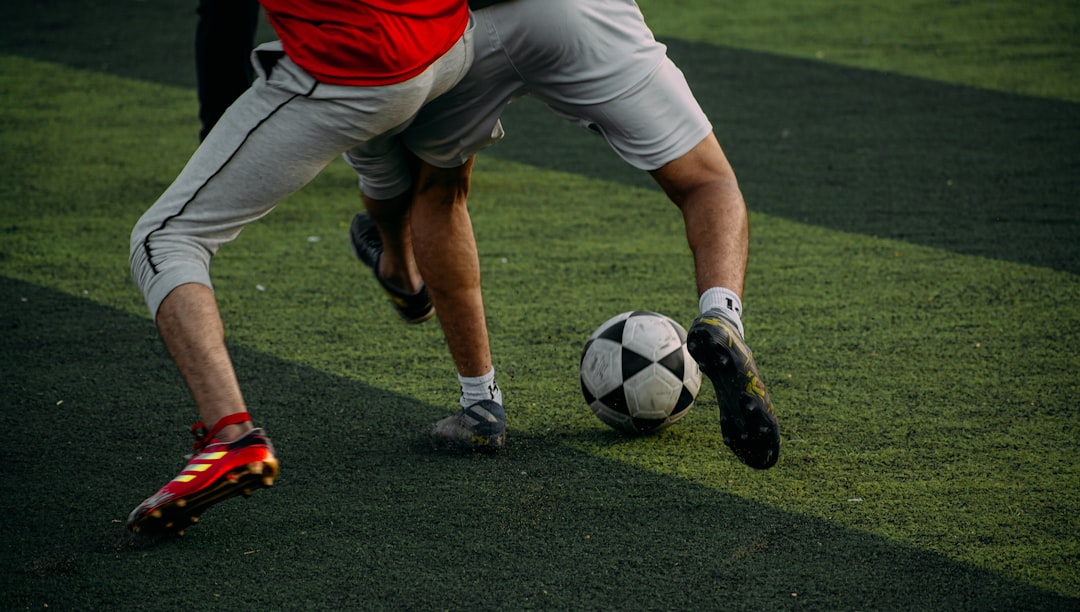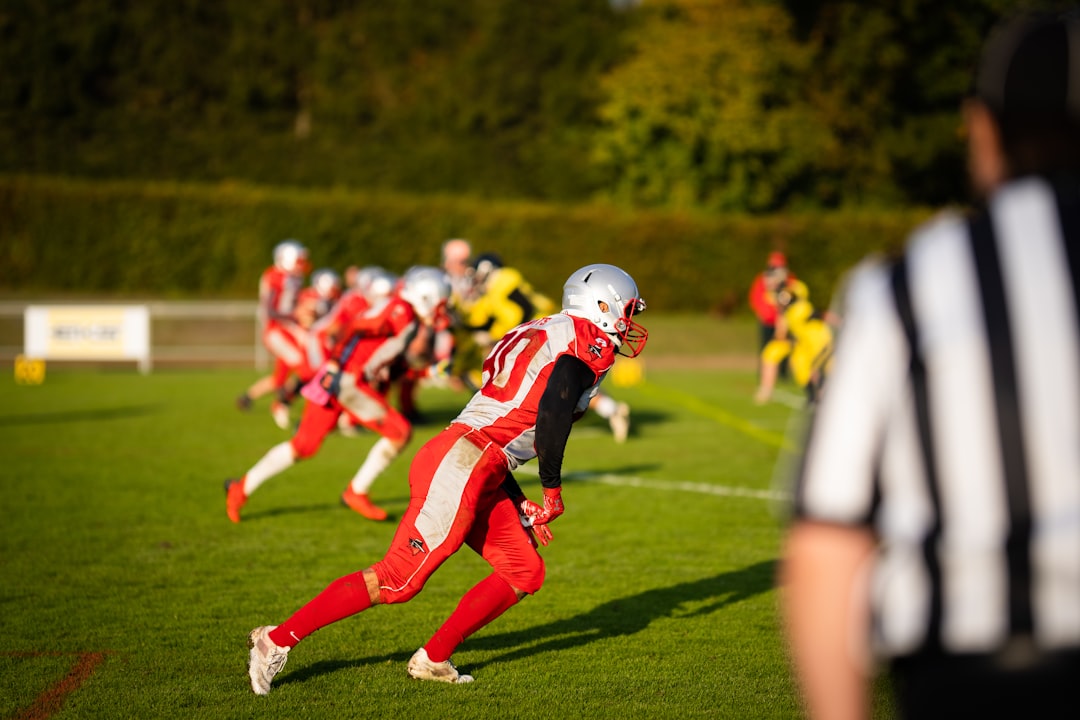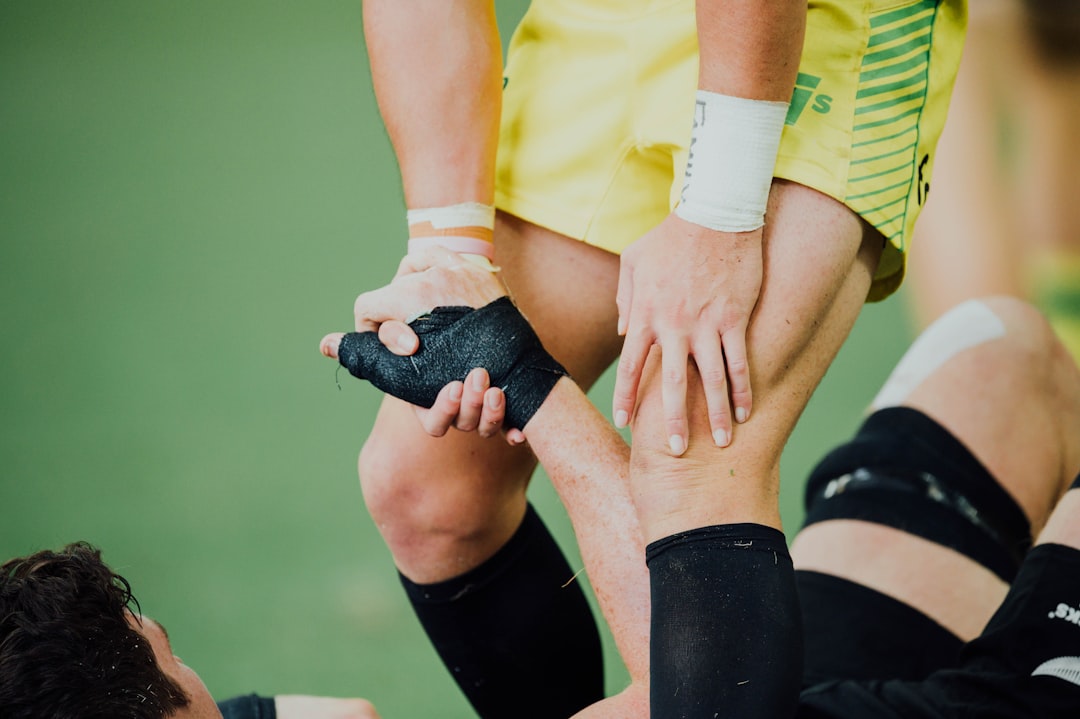In a sport as physically demanding as American football, injuries are an unfortunate but frequent occurrence. As National Football League (NFL) teams look for ways to extend player longevity and reduce time spent off the field due to injury, many are turning to one of the most powerful tools of the modern era: artificial intelligence (AI). Through data collection, advanced analysis, and predictive modeling, AI is changing the game by helping teams predict and prevent injuries before they ever happen.
The Growing Problem of Injuries in the NFL
Each season, NFL teams face countless player injuries ranging from strained hamstrings to season-ending torn ligaments. These not only affect a team’s performance but also cost millions of dollars in lost talent and medical expenses. Traditional prevention tactics like conditioning, rest, and rehab only go so far. What teams needed was a more proactive approach.
How AI is Tackling Injury Prevention
AI works by collecting vast amounts of data and using machine learning to detect patterns. In the context of football injuries, AI systems pull data from:
- Wearable sensors during practices and games
- Video analysis of movement and technique
- Medical records and injury histories
- GPS data tracking player movement and workload
AI algorithms analyze this information to accurately assess a player’s biomechanics, workload, fatigue, and overall risk of injury. For example, if a running back’s gait changes subtly, an AI system might detect it hours—or even days—before the team’s trainers would. That change could indicate a brewing muscle imbalance or overuse injury.

Real-Time Decision Making with AI
One of AI’s most exciting uses is in real-time decision-making. Thanks to wearable tech fitted in player gear, coaches and medical teams receive live data during practice sessions. If an individual reaches dangerous fatigue levels or moves in a way that raises red flags, the AI system can alert staff immediately.
This allows teams to pull players before injuries happen, modify training regimens, or strengthen specific muscle groups that data show are at risk. It’s all about being proactive instead of reactive.
Examples from the Field
Several NFL teams, including the San Francisco 49ers and the Dallas Cowboys, have publicly discussed their investments in player health through AI-driven performance analytics. Teams also collaborate with tech companies to develop customized AI models that fit their player profiles and injury patterns.
Some teams use AI to simulate different game scenarios that could impact a player’s risk. For example, changes in temperature, field condition, or even opponent tendencies can increase injury risk, and AI systems can take all of these into account.

Benefits Beyond Physical Health
Beyond injury prevention, using AI boosts a player’s mental confidence. When athletes know the team is investing in cutting-edge tech to keep them safe, they feel more secure and willing to perform at their peak. Additionally, the data-driven approach helps instill deeper trust between coaching staffs and medical teams, ultimately fostering better player management organization-wide.
Challenges and Ethical Considerations
While the benefits are substantial, the use of AI in the NFL is not without its challenges. Privacy concerns arise as medical and performance data become increasingly granular. Players and their unions must ensure that sensitive health information is secure and not misused.
Moreover, an over-reliance on AI could lead to conflicts between machines and human judgment. It’s crucial that AI serves as a tool—not a replacement—for well-trained medical professionals and seasoned coaching staffs.
Conclusion
AI is revolutionizing injury prevention in the NFL, offering a smarter, data-backed approach to keeping elite athletes on the field. With real-time alerts, personalized training insights, and predictive injury modeling, teams can stay ahead of potential setbacks. As technology continues to evolve, so will the ways it supports player safety, performance, and career longevity.
FAQ: AI and Injury Prevention in the NFL
-
Q: How does AI detect potential injuries?
A: By analyzing data from wearables, videos, and medical records, AI can identify early warning signs like changes in movement patterns or overexertion. -
Q: Is AI replacing team trainers and medical experts?
A: No, AI supports these professionals by providing additional insights and data to help make more informed decisions. -
Q: Which NFL teams are currently using AI for injury prevention?
A: Teams like the San Francisco 49ers, Dallas Cowboys, and others have publicly acknowledged using AI technologies in their sports sciences programs. -
Q: Are there privacy concerns with collecting player data?
A: Yes, and teams must work closely with players and unions to ensure transparency and data protection. -
Q: Can AI also be used to improve player performance?
A: Absolutely. AI helps in optimizing training, reducing unnecessary strain, and tailoring recovery plans, all of which contribute to enhanced performance.
